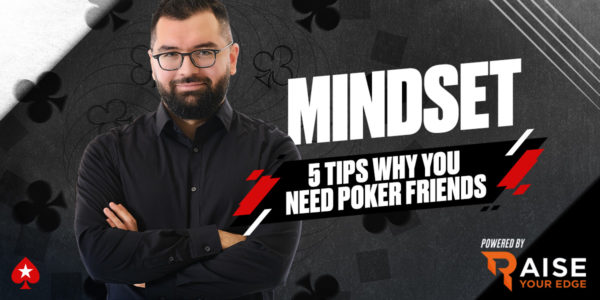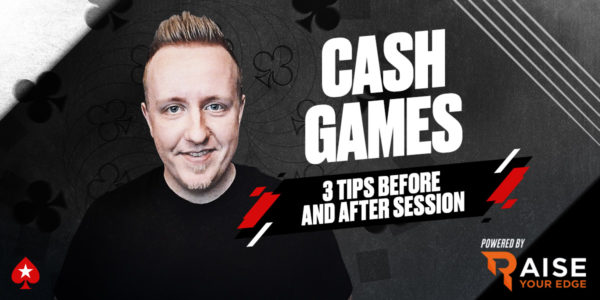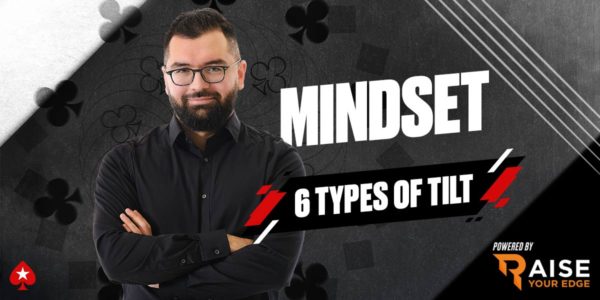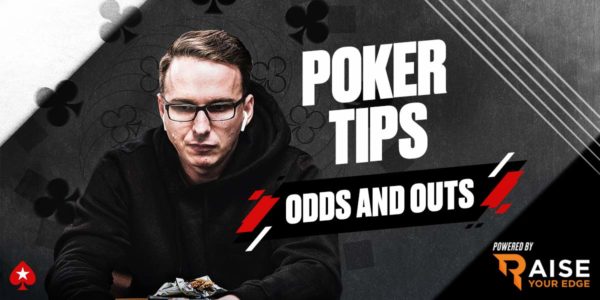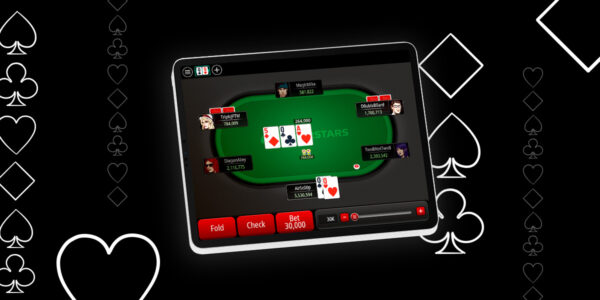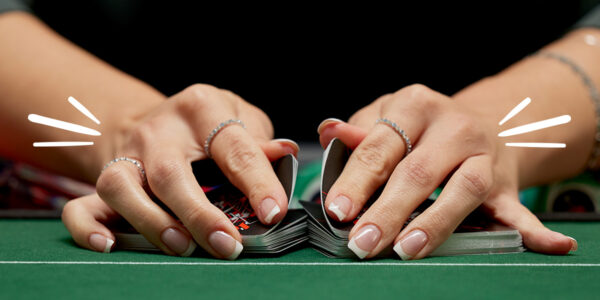Pot Odds, Implied Odds, and Reverse Implied Odds
There have been some recent questions at the school about what reverse implied odds are. I went to the School courses for Odds and Probabilities, and although I may have missed it, I didn’t see it discussed. So, it seemed appropriate to explain in an article, and perhaps the school will add this to the courses as well.

Pot Odds
Starting with pot odds, these are simply the price the pot is laying us on a call right now. Let’s say there is 50 in the pot, and our opponent bets 50. Now there is 100 in the pot and it’s 50 to us to call. We are getting pot odds of 2-1 (100-50). This can also be expressed in terms of equity… we would be calling 50 into a pot that will be 150 after our call, so we need equity of 50/150 or 33% to break even on this call. This should be intuitive, when we call 50 if we win the 100 already out there 1/3rd of the time and lose our 50-chip call 2/3rds of the time, we break even over the course of those 3 trials.
Implied Odds
These refer to money we can reasonably expect to win on future streets when we improve to the best hand. Let’s take the example from above. Suppose we’d seen the flop with a suited connector, and have flopped a flush draw. The chance to make our flush on the turn is approximately 4-1 against. (As an aside, the precise calculation is this: There are 5 known cards, our 2 and the 3 on the flop. That means there are 47 unseen cards, all of which could arrive on the turn. 9 of those will give us the flush, and 41 of those will not. So, we are 41-9 against turning our flush, or 4.55-1). We know from above we are only getting 2-1 pot odds on our call, so the pot is not laying us a good price to call on our flush draw. But often we still have a very profitable call by virtue of the implied odds… that is, how much more we expect to win on future streets should we turn the flush. Let’s say we feel we can reasonably expect, on average to win another 300 on future streets when we get there. Now we are calling 50 to win 100 (the pot) + 300 (future bets), thus giving us implied odds of 400-50 or 8-1, making our call to see the turn profitable.
Reverse Implied Odds
This can be a trickier concept to get your head around. While implied odds refer to additional money, we can expect to win on future streets should we get there, reverse implied odds refer to additional money we may lose on future streets when we improve but are still beaten. Of course, this eventuality can happen at any time. But there are specific hands and circumstances that set us up for this pitfall more so than others. You’ll often hear these spots referred to as having large reverse implied odds. Let’s give an example to illustrate. Preflop, the action folds to you and you open for a raise with KJ. The player on the button re-raises (3-bets) to 4x your open, and it folds back around to you. This is a very poor hand to call the 3-bet with because it suffers from distinct reverse implied odds. When the opponent holds AK/AA and the flop comes K high, or the opponent holds QQ+ or AJ and the flop comes jack high, these are scenarios where you will be putting even more money in the pot post flop while behind, despite improving in the way that your hand is the most likely to improve on the flop (making 1 pair). Whereas when you flop to the hand and make the best hand, you don’t rate to win much post flop because by necessity your opponent will have a moderate to weak holding that can’t give much action (like a jack high flop when they have AK/AQ, or a king high flop when they have QQ/AQ and so forth). KJ suffers from reverse implied odds facing a 3-bet because it’s dominated by much of the 3-bettors value range.

Getting down the basic fundamentals of pot odds and implied odds will help you make better decisions in terms of the price you’re getting to continue. And being cognizant of reverse implied odds situations so you can look to avoid them and the costly spots they can put you in will help save you a lot of chips in the long run.
Condimentum Nibh
Donec sed odio dui. Cras mattis consectetur purus sit amet fermentum. Vestibulum id ligula porta felis euismod semper. Curabitur blandit tempus porttitor.



